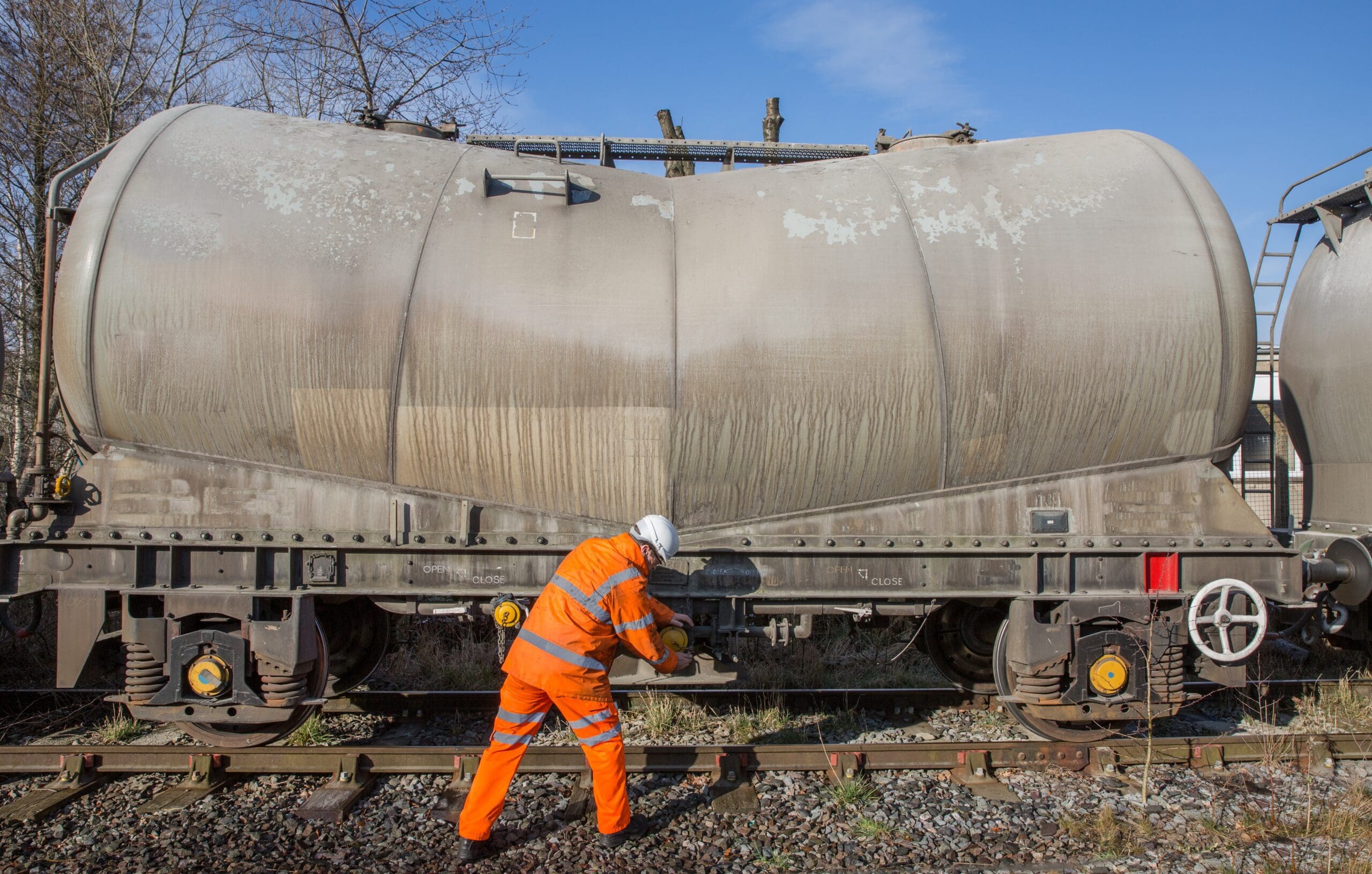A Railroad Lawsuit For Chronic Lymphocytic Leukemia
Rail workers who contract certain illnesses, such as leukemia, may be able to sue their employer. This is because the Federal Employers Liability Act allows employees to seek compensation for their disease.

A benzene exposure case cannot stop the effects of cancer, or bring back the loved ones, but it can help offset medical costs associated with treatment.
Benzene
The colorless, flame-resistant liquid that has been proven to be dangerous when it comes into contact with human skin. It is also a carcinogen that has been linked with certain types of cancers, including leukemia.
Research has shown that those exposed to benzene in low amounts at work face a 40 percentage increased risk of developing leukemia. The risk is greater for those who have been exposed to benzene over the course of a long time. Printers, mechanics gas pumpers, shoemakers and oil refinery workers are all at risk of exposure to this harmful chemical.
OSHA prohibits exposure to benzene during work however, some railroad companies aren't adhering to the regulations. This can result in railroad employees suffering from serious illnesses, including leukemia. A FELA lawyer can help these workers seek compensation for their loss as per the law.
Leukemia can cause serious complications, including bone marrow failure, or organ damage caused by blood. A railroad worker's FELA attorney can assist the victim get compensation for damages that include medical expenses, lost wages, and emotional trauma. During the course of litigation the victim could be required to appear in depositions to answer questions on oath before opposing counsel. In certain instances the jury trial may be necessary.
Creosote
Creosote is a concern for railroad workers who clean rail ties and paint trains or other materials involved in the maintenance of rights-of-way. This chemical can cause skin cancer as well as other medical problems. People have also reported headaches, stomach pain, and breathing difficulties. Creosote doesn't dissolve in water, and it can be passed on to family members through footwear or clothing.
Other toxic chemicals found on trains are benzene (a carcinogen) asbestos, benzene, and other cancer-causing chemicals. A plaintiff may be able claim damages under the Federal Employers Liability Act (FELA), if it can be proved that he suffered injuries due to exposure to these chemicals during his work on a railway.
An experienced FELA lawyer can demonstrate that an employee's injuries resulted from exposure to hazardous chemicals while on the job. This could mean hiring experts to testify as to the severity of the injury, the impact on the victim's quality of life and ability to work and whether the defendant did anything wrong to its workers.
If a railroad employee is diagnosed with a serious health issue related to their work and their job, they should seek advice from an attorney as soon as possible. Parker Waichman Legal's team has years of experience in representing clients in such cases. Call us today to arrange a consultation.
Asbestos
Railroad workers were often exposed to asbestos-containing toxic substances while working. Asbestos, a carcinogen, can cause mesothelioma, lung cancer and other ailments. Asbestos fibres can accumulate in the lungs, causing respiratory problems years or decades later. Asbestos-related victims could also be at an increased risk of developing certain types of leukemia.
Benzene is another substance that can lead to blood cancers among railroad workers. Railroad workers often used benzene to clean components and equipment. Workers would dip rags in benzene-based cleaners to clean engines and other equipment. The chemical is also present in diesel fuel, and is a byproduct of diesel exhaust.
Many people who have been diagnosed with a blood cancer or other disease as a result working for a railroad must contact a professional railroad attorney. A reputable FELA lawyer can assist clients obtain the compensation they deserve for their losses.
FELA is a federal law that permits railroad employees who have been injured to claim compensation. pulmonary fibrosis lawsuit for railroad leukemia can assist clients to determine if they are entitled to compensation through this process. Railroad workers who are exposed to benzene and asbestos may be eligible for compensation. However, the person must be diagnosed with the disease within three years after being exposed to these harmful substances to be eligible for a FELA claim.
Lung Cancer
Railyard workers are exposed carcinogenic substances which can cause blood disorders, cancer and lung disease. You or a loved one could be entitled to financial compensation if loved one suffered from leukemia or another serious illness caused by exposure to chemicals at work. This is covered under the Federal Employers' Liability Act.
A lawsuit involving a cancerous worker from the railroad could help you receive the money you need to pay your medical expenses and other losses. These cases can help you to hold your employers accountable for their incompetence of failing to safeguard their workers from these dangerous chemicals.
The FELA gives victims of occupational injuries with the ability to pursue the financial compensation they deserve in court through juries. This is in contrast to workers' compensation, which offers benefits to employees via an administrative process.
Railroad workers who were exposed to harmful chemicals like benzene, creosote and asbestos are at an elevated possibility of developing cancers blood disorders, and other illnesses. People who worked in close contact with hazardous materials such as locomotive engineers and conductors are at risk. A former railroad worker was awarded $7.5 million in September last year for developing Myelodysplastic Syndrome (MDS) and Acute Myeloid Leukemia after years of exposure to asbestos and other carcinogenic materials.
